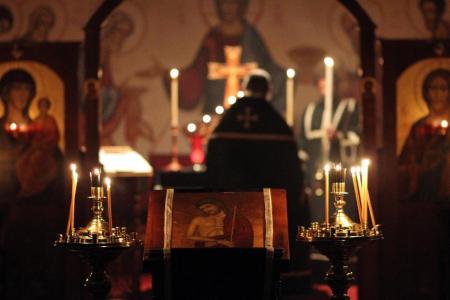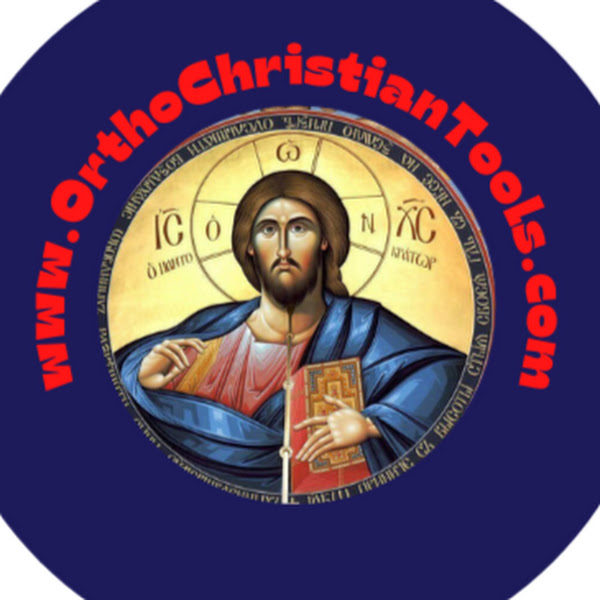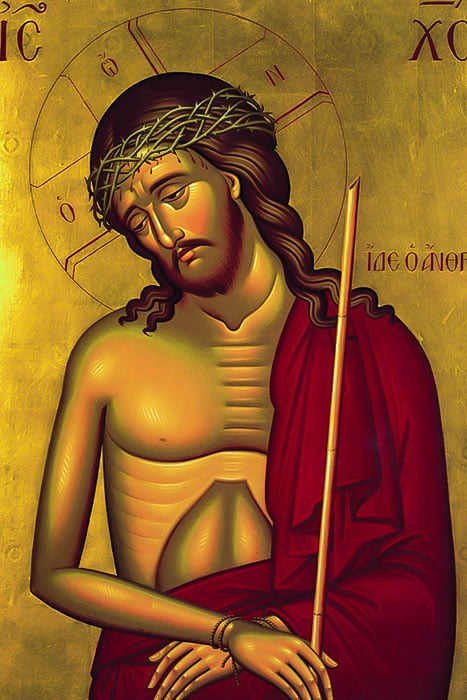Introduction: Entering the Sacred Days of Holy Week
As the joyous hymns of Palm Sunday fade, the Orthodox Church enters the solemn and deeply spiritual observances of Holy Week. Beginning on the evening of Palm Sunday and continuing through Holy Tuesday, the Church holds a unique and moving service known as the Service of the Bridegroom.
This service, rich in symbolism and biblical imagery, draws its name from the parable of the Ten Virgins (Matthew 25:1-13), where Christ is depicted as the Bridegroom and the faithful are called to be vigilant, awaiting His coming.
But what is the deeper meaning behind these services? Why are they so central to Holy Week? Let’s explore the profound themes of Holy Monday, Tuesday, and Wednesday—days that prepare our hearts for the Passion and Resurrection of Christ.
The Service of the Bridegroom: A Call to Spiritual Watchfulness
Each evening during the first three days of Holy Week, the Orthros (Matins) service of the following day is celebrated. The central hymn, “Behold, the Bridegroom comes at midnight…”, reminds us of the Second Coming of Christ and the urgency of spiritual readiness.
Why Is Christ Called the Bridegroom?
Symbol of Divine Love: Just as a bridegroom rejoices over his bride, Christ loves His Church with infinite tenderness.
Warning Against Spiritual Neglect: The parable of the Ten Virgins teaches that we must always be prepared, for we know not the hour of His return.
Judgment and Mercy: These services balance the fear of God’s judgment with the hope of His mercy, calling us to repentance.

Holy Monday: The Cursing of the Fig Tree & Joseph the Patriarch
1. The Story of Joseph – A Foreshadowing of Christ
On Holy Monday, the Church commemorates Joseph the Patriarch (Genesis 37-50), who was betrayed by his brothers but later became their savior. His life is seen as a prefiguration of Christ:
Betrayed yet forgiving – Just as Joseph said, “You meant evil against me, but God meant it for good” (Genesis 50:20), Christ transforms betrayal into redemption.
From suffering to glory – Joseph’s rise to power in Egypt mirrors Christ’s Resurrection and exaltation.
2. The Cursing of the Barren Fig Tree (Matthew 21:18-20)
This symbolic act by Jesus carries a powerful spiritual lesson:
A Warning Against Empty Religion: The fig tree, full of leaves but bearing no fruit, represents hypocrisy—outward piety without true faith.
A Call to Authentic Faith: Just as a tree must bear fruit, our faith must be alive, producing love, joy, peace, and righteousness (Galatians 5:22-23).
Holy Tuesday: The Parables of Readiness & Stewardship
On Holy Tuesday, the Church reflects on two crucial parables:
1. The Parable of the Ten Virgins (Matthew 25:1-13)
Five were wise (carrying extra oil), five were foolish.
Lesson: Spiritual vigilance is not a one-time act but a lifelong commitment. We must continually nurture our faith through prayer, repentance, and good works.
2. The Parable of the Talents (Matthew 25:14-30)
God gives each of us gifts (time, abilities, resources)—what will we do with them?
Lesson: We will be held accountable. Will we multiply our talents in service to God, or bury them out of fear or laziness?
Holy Wednesday: The Sinful Woman vs. Judas – Repentance vs. Betrayal
This day presents a stark contrast between two figures:
1. The Repentant Harlot (Matthew 26:6-13)
She anointed Jesus’ feet with costly perfume, showing extravagant love and repentance.
Christ declares: “Wherever this gospel is preached, what she has done will also be told in memory of her.”
2. The Tragedy of Judas (Matthew 26:14-16)
He betrayed Christ for thirty pieces of silver.
His real sin? Not the betrayal, but his refusal to repent. Unlike Peter, who denied Christ but wept bitterly, Judas despaired and took his own life.
A Heartbreaking Hymn of Repentance
One of the most moving hymns of Holy Wednesday says:
“I have sinned more than the harlot, O Lord, yet I have not offered You my tears…”
This calls us to humble self-examination—have we, like Judas, clung to our sins? Or like the harlot, have we poured out our hearts before Christ?
The Icon of the Bridegroom: Christ in His Humiliation
A powerful icon used during these services depicts Christ as the Bridegroom, crowned with thorns, robed in purple, holding a reed—the mocking image of His Passion (Matthew 27:27-31).
This visual meditation reminds us:
He endured suffering out of love for us.
Will we remain faithful to Him, even when the world mocks our faith?
How Is the Bridegroom Service Celebrated?
Procession with the Icon: On Palm Sunday evening, the priest carries the Bridegroom Icon in a solemn procession.
Special Hymns & Readings: Each day has its own Gospel readings and hymns focusing on repentance, judgment, and mercy.
Presanctified Liturgy: On Holy Monday, Tuesday, and Wednesday mornings, the faithful receive Holy Communion from gifts consecrated the previous Sunday.
Final Reflection: Are We Ready to Meet the Bridegroom?
Holy Week is not just a historical remembrance—it is a living experience. These services call us to:
✅ Examine our hearts – Are we like the fruitful fig tree or the barren one?
✅ Repent sincerely – Will we, like the sinful woman, pour out our love at Christ’s feet?
✅ Stay awake spiritually – Are we preparing for Christ’s return, or are we asleep like the foolish virgins?
As we journey through these sacred days, let us open our souls to the transforming power of Christ’s love—so that when the Bridegroom comes, He may find us watchful, faithful, and ready.
Join Us for the Services of Holy Week!
If you’ve never attended the Bridegroom Services, make this year the time to experience their profound beauty. Come, watch, and pray—for the Bridegroom is near!

